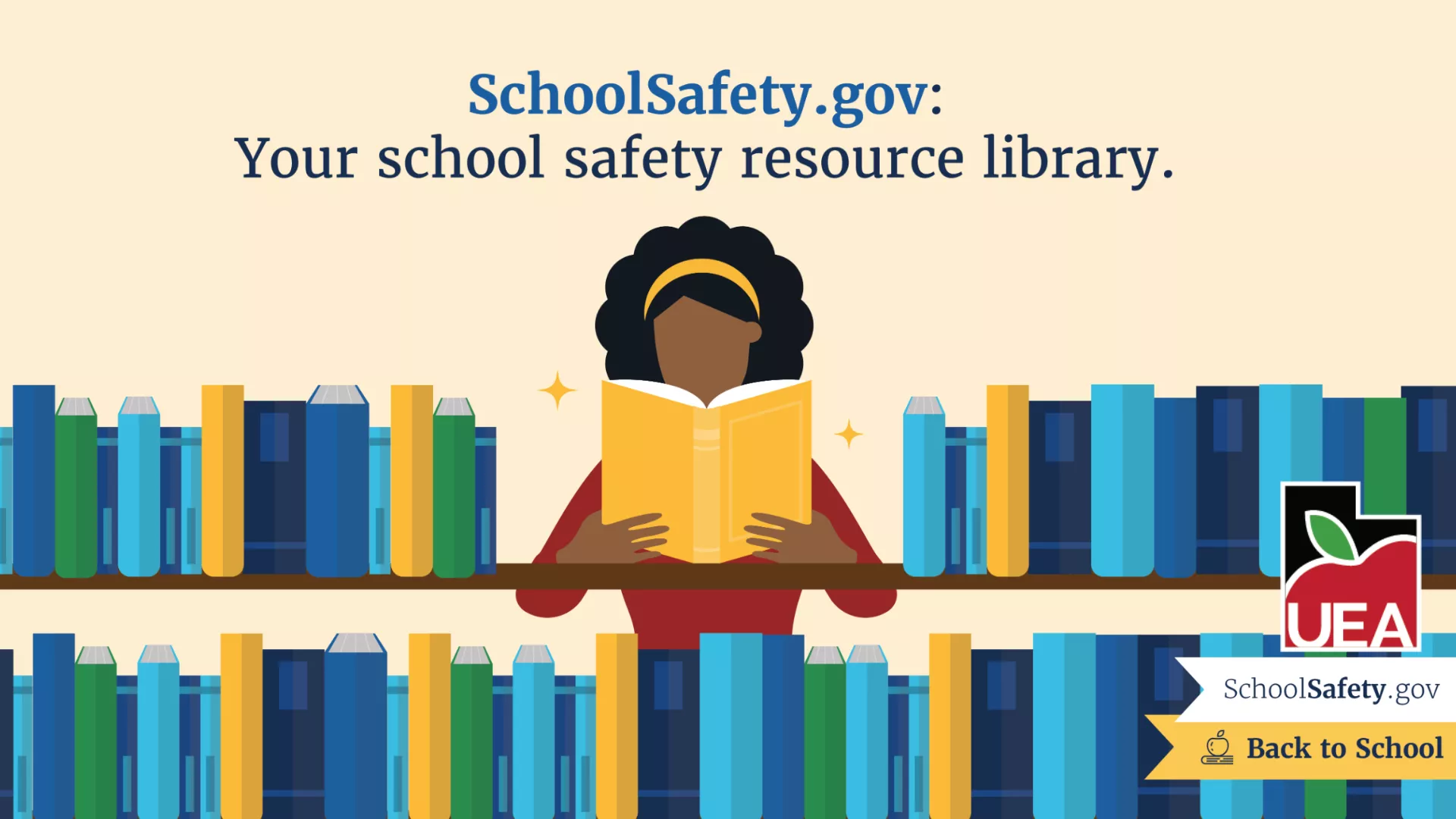The UEA provides essential communication resources before, during, and after a school crisis.
Local education associations are encouraged to create a School Safety Committee to identify and prioritize specific local goals. Preparation is key to minimizing the impact of a school crisis. Educators and administrators should have clear, actionable plans in place.
1. Before a Crisis: Preparation and Prevention
Key Steps for Preparation:
- Establish a School Safety Committee: Form a dedicated team of staff, administrators, and local education association members. This committee will:
- Assess current safety policies.
- Conduct safety audits.
- Identify potential risks and vulnerabilities.
- Prioritize goals based on the specific needs of the school community.
- Create a comprehensive crisis communication plan.
Useful Guides for Building a Safety Committee:
Communication Strategies:
- Develop clear communication protocols for staff, students, and parents.
- Regularly update emergency contact lists.
- Create a template for crisis notifications that can be quickly adapted for different situations.
2. During a Crisis: Immediate Response and Communication
Swift and clear communication is critical during a crisis. Educators and staff must follow established protocols to keep everyone informed and safe.
Immediate Actions to Take:
- Activate Emergency Protocols: Follow the steps outlined in your school’s crisis management plan.
- Communicate Clearly: Convey instructions using predefined messages and channels (e.g., text alerts, public address systems).
- Ensure Student Safety: Prioritize student safety by initiating lockdowns, evacuations, or other emergency procedures as needed.
Resources for Immediate Response:
3. After a Crisis: Recovery and Support
The aftermath of a crisis can be challenging as students, staff, and families work to heal and process what has occurred. Effective post-crisis communication and support are essential.
Steps for Post-Crisis Communication:
- Provide Consistent Updates: Keep the school community informed about ongoing safety measures and recovery plans.
- Facilitate Support Services: Coordinate with counselors and local mental health organizations to offer support for trauma and grief.
- Review and Update Crisis Plans: Conduct a debrief to assess what worked well and what needs improvement.
Helpful Resources for Recovery:
Guidance for Educators:
- Offer students space to express their feelings and concerns.
- Be aware of signs of trauma or distress and know when to refer students to professional help.
- Maintain open communication with parents and guardians about available resources and next steps.
. Additional Resources and Links
- Gun Violence Prevention and Response | NEA: Practical strategies and tools for addressing the threat of gun violence in schools.
- NEA's Complete School Crisis Guide: A comprehensive framework for crisis planning and response, tailored for schools of all sizes.
- Everytown Support Fund: Resources and support for schools affected by gun violence, focusing on prevention and recovery efforts.
For more detailed guides and templates, educators can access the following documents:
- NEA's School Crisis Guide (Part 1)
- NEA's School Crisis Guide (Part 2)
- NEA's School Crisis Guide (Part 3)
- NEA's School Crisis Guide (Part 4)
By leveraging these resources and implementing comprehensive crisis plans, schools can foster a safer environment and respond effectively to emergencies.
